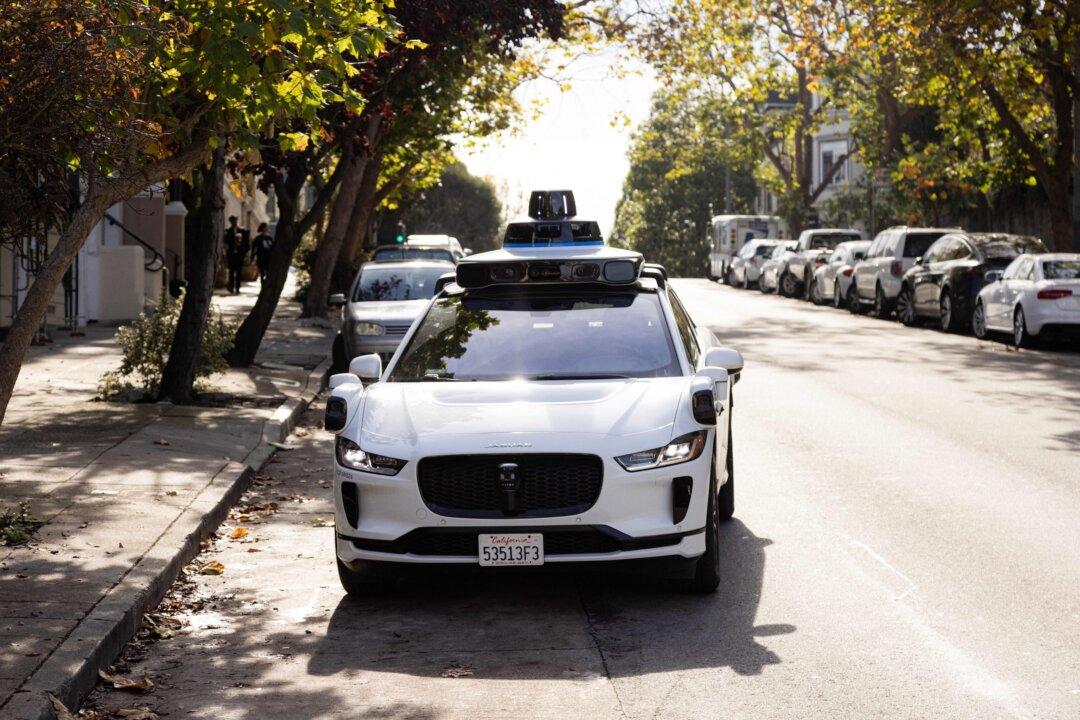The Alliance for Automotive Innovation, a lobbying group for the U.S. auto industry, has asked the National Highway Traffic Safety Administration (NHTSA) to reconsider its recent final rule mandating automated emergency braking (AEB) systems in vehicles.
Meeting the standards set out in the rules is “practically impossible with available technology,” the alliance wrote in a letter to Congress sent on June 24. “NHTSA’s own data shows only one tested vehicle met the stopping distance requirements in the final rule.”





